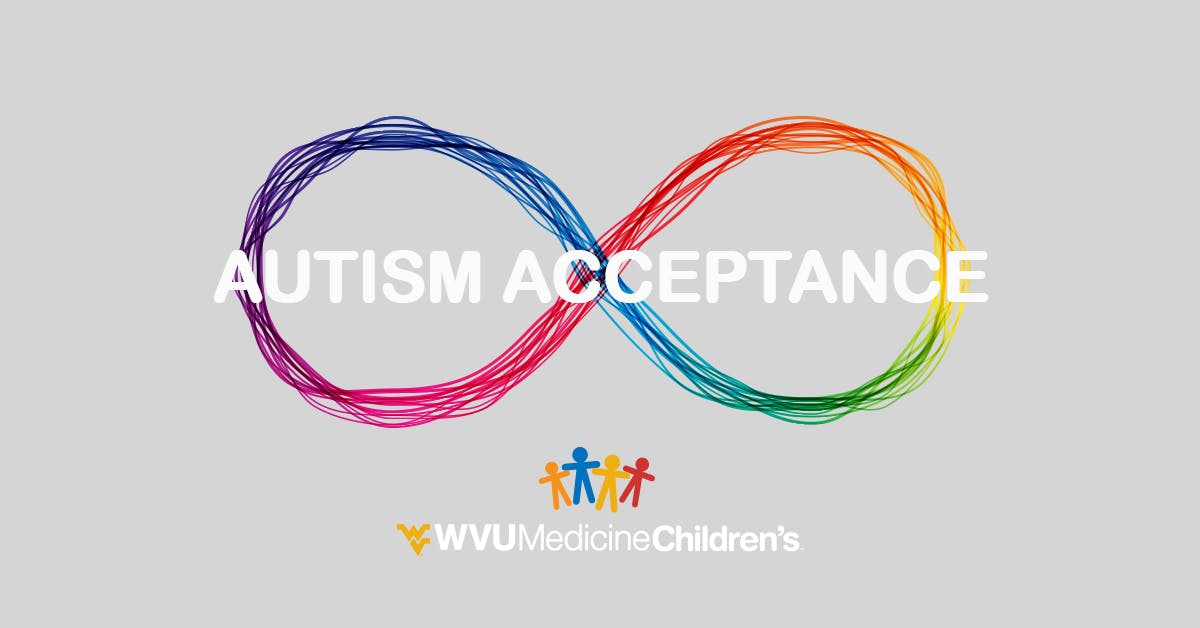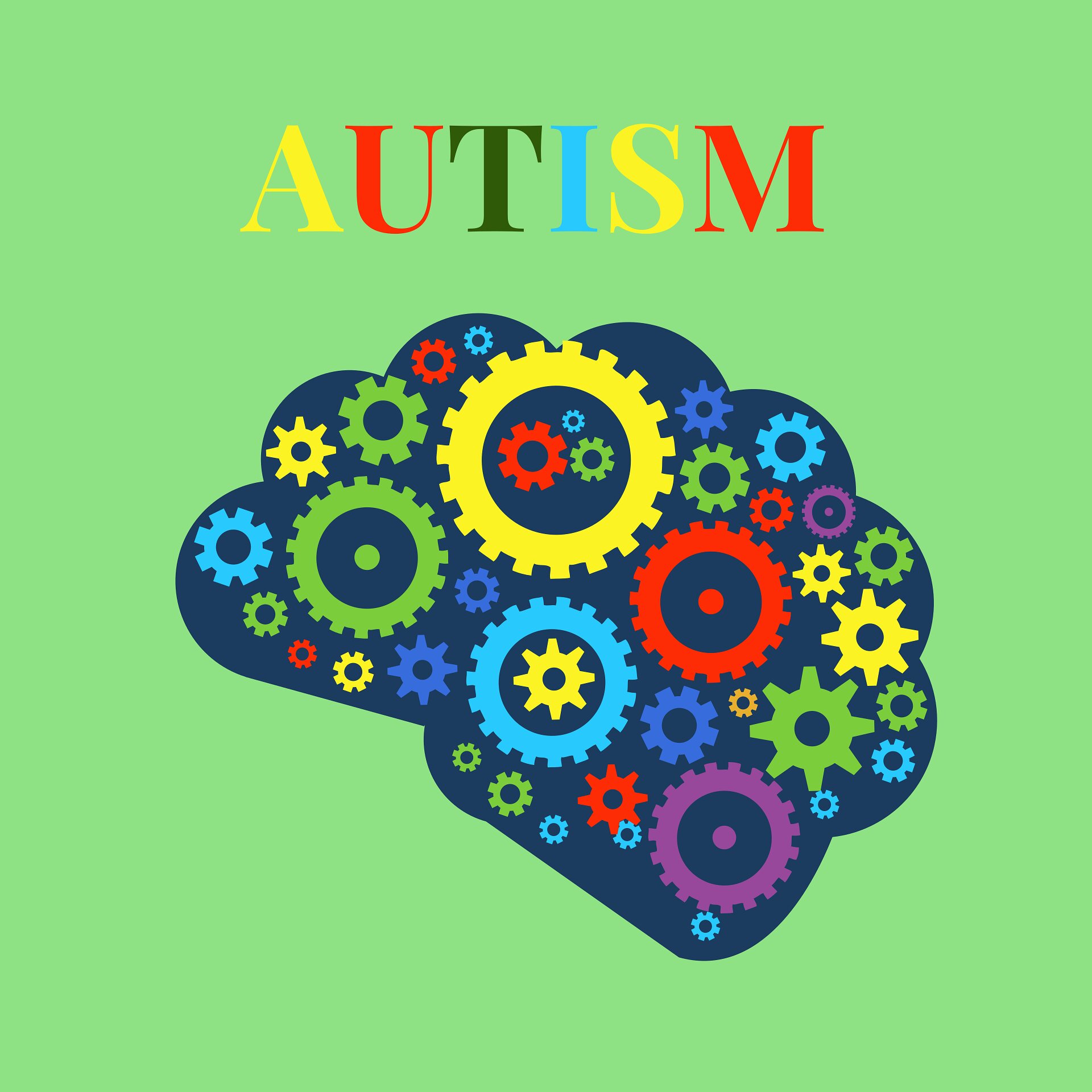Discovering Autism: Strategies for Effective Communication and Interaction
Effective communication and communication with people on the autism range require a thorough understanding of their one-of-a-kind demands and preferences. Methods such as utilizing clear language, using visual supports, and fostering consistent regimens can dramatically improve interaction and decrease anxiety. Furthermore, recognizing the importance of non-verbal cues and shared interests leads the way for significant connections. Nevertheless, the complexities of these approaches disclose additional considerations that warrant expedition, especially in exactly how they can be adjusted to specific experiences and diverse contexts. What might these adaptations appear like in technique?
Comprehending Autism Range Disorder
Autism Range Problem (ASD) includes a series of neurodevelopmental conditions defined by difficulties in social interaction, interaction, and recurring behaviors. The term "range" mirrors the diverse symptoms and varying levels of seriousness experienced by people with ASD. While some might exhibit considerable problems, others may show high-functioning attributes, permitting higher freedom in every day life.
The onset of ASD commonly occurs in very early childhood years, with signs typically well-known by age 2. Early indications may include delayed speech advancement, restricted eye call, and troubles in comprehending social signs. Although the precise etiology of ASD stays uncertain, study recommends a combination of genetic and environmental aspects plays an essential function in its advancement.
Individuals with ASD frequently possess distinct strengths, such as enhanced interest to detail and exceptional memory abilities. Nonetheless, they might deal with understanding abstract ideas and managing changes to routine. Because of this, treatments and support tailored to individual demands are important for promoting communication and social abilities. Identifying the complexity of ASD is vital for advertising awareness, acceptance, and reliable approaches that assist in significant interactions with people on the range.

Significance of Clear Interaction
Efficient communication is vital for cultivating understanding and link, especially for individuals with Autism Range Problem (ASD) Clear interaction not only facilitates social communications however also boosts the person's capacity to reveal their ideas, requirements, and emotions. For people with ASD, the nuances of language can commonly be challenging; therefore, making use of simple and unambiguous language is vital.
Furthermore, clear communication helps in reducing stress and stress and anxiety that may emerge from misconceptions. When messages are communicated in a direct and consistent way, individuals with ASD are much better geared up to analyze information properly, which can considerably boost their social engagement and involvement in numerous settings.
Developing regimens and using aesthetic assistances can even more boost clear interaction. These strategies give individuals with predictable structures that assist comprehension and retention of info. In addition, proactively listening and being person during interactions promotes an encouraging setting where people with ASD feel valued and comprehended.
Inevitably, prioritizing clear communication not only equips people with ASD yet additionally fosters more significant links with their peers, caretakers, and the wider community, leading the way for collaborative relationships and inclusive interactions. - autism
Non-Verbal Communication Methods
Interaction expands beyond words, and for people with Autism Range Problem (ASD), non-verbal hints play a substantial duty in communications. Non-verbal interaction strategies can consist of face expressions, motions, body language, and eye get in touch with, every one of which act as crucial elements for communicating emotions and objectives.
Recognizing and analyzing these non-verbal signals can improve interactions with people with ASD. For instance, a warm smile or open stance can create a welcoming ambience, urging involvement. Utilizing aesthetic help-- such as photo cards or signs-- can connect interaction spaces and assist convey messages more effectively.
It is also crucial to be mindful of personal room, as individuals with ASD might have different comfort degrees pertaining to distance. Observing their responses to physical nearness can inform proper adjustments.

Creating Supportive Settings
Producing a supportive setting is vital for promoting favorable interactions and boosting the health of people with Autism Spectrum Condition (ASD) Such settings can considerably minimize stress and anxiety and produce a sense of security, permitting people to express themselves a check this lot more freely.
To attain this, it is vital to take into consideration sensory sensitivities that individuals with ASD may experience. Modifying the physical space to consist of soft lights, very little history sound, and comfy seating can develop a calming ambience. Additionally, making use of consistent regimens and clear visual routines can help individuals prepare for shifts and lower unpredictability, more promoting convenience.
Social spaces ought to be structured to reduce frustrating stimulations while giving chances for engagement in favored tasks. Facilitating locations designated for silent time can likewise function as a refuge throughout minutes of anxiety. Notably, integrating components of option encourages individuals, allowing them to work out agency in their atmosphere.

Encouraging Social Communications
Cultivating social interactions amongst people with Autism Spectrum Disorder (ASD) requires willful methods that focus on convenience and interaction. Developing foreseeable routines can help in reducing anxiety, making social settings a lot more friendly. Producing organized atmospheres with specified roles and obligations permits people to engage without the overwhelming pressure of disorganized social characteristics.
Incorporating rate of interests and staminas into social right here tasks can function as a driver for communication. As an example, arranging group activities around shared pastimes or subjects of attraction can promote all-natural discussions and connections. In addition, using visual supports, such as social manuscripts or pictorial schedules, can help in comprehending social cues and expectations.
Designing ideal social habits is vital - autism. Adults and peers must demonstrate effective communication methods, including active listening and turn-taking. Role-playing circumstances can additionally provide a secure space for people to practice these skills
Finally, fostering peer relationships with inclusive practices is essential. Urging inclusive playdates or team outings can create possibilities for socialization in a comfortable setup. By executing these caretakers, teachers and methods can significantly enhance social communications for people with ASD, promoting their overall social growth and well-being.
Final Thought
In conclusion, effective communication and communication strategies are crucial for sustaining individuals with Autism Spectrum Problem. Emphasizing clear language, integrating non-verbal signs, and developing predictable routines considerably enhance engagement and minimize stress and anxiety. Creating supportive settings cultivates safe social interactions, while motivating shared interests helps with significant connections. Ultimately, these approaches equip people with autism to navigate social landscapes, promoting their overall well-being and enabling the growth of enduring relationships.
Reliable interaction and communication with people on the autism range demand a comprehensive understanding of their unique requirements and preferences. Clear communication not only assists in social interactions however likewise improves the individual's capability to express their requirements, thoughts, and emotions.Cultivating social communications among people with Autism Spectrum Problem (ASD) calls for willful strategies that prioritize comfort and involvement. By implementing these caretakers, teachers and techniques can dramatically improve social interactions for people with ASD, promoting their general social advancement and well-being.
In verdict, effective interaction and interaction strategies are essential for sustaining individuals with Autism Range Disorder.